Have you ever grown fruits and vegetables on your own? Do you wish to grow food on your own and cut the cost of buying it from the market? Or you have thought about it but have no idea how to start.
Maybe be you are not familiar with the concept of using a greenhouse for gardening or know about it but do not how to use it.
Well, even if you have no idea about it, you have landed in the perfect place because here we are providing you a beginner’s guide to using Greenhouse.
By the end of this article, you will get to know how to use a Greenhouse and grow fruits and vegetables on your own.
We must realize that growing your food is a step towards healthy well-being. This organic food is free from chemicals and fertilizers.
It contains more vitamins and minerals and is essential for proper nutrition and good health.
When you eat these vegetables, you feel a sense of accomplishment, and it makes you happy.
“Growing your food is like printing your own money!”- Ron Finley, guerilla gardener in South Central, LA
Let us begin by answering the fundamental question.
What is the Greenhouse?
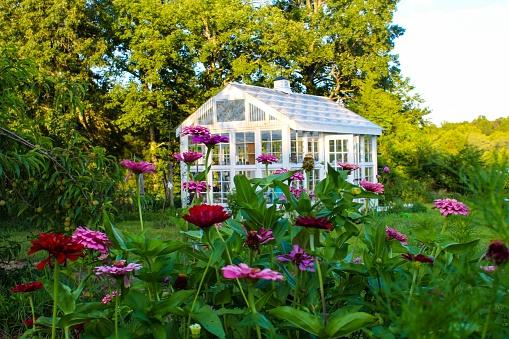
A Greenhouse is a structure with walls and roofs made chiefly of transparent material, such as glass, in which plants requiring regulated climatic conditions are grown. These structures range in sizes from small sheds to industrial-sized buildings. You can also purchase already assembled Greenhouse from local hardware stores or nurseries.
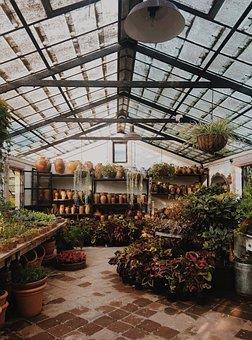
A greenhouse allows the growth of your plants in all seasons. Therefore, it is mostly used by people to grow seasonal plants like lettuce, broccoli, peas, and carrots, which are cool-season crops and are grown in a cold frame and unheated backyard greenhouses. They encourage moisture needed to stay in the air while controlling the temperature required for sure produces and plants.
Now, as we have understood Greenhouse’s basic concept, let us understand how to use a Greenhouse in a step-by-step manner.
Step 1. Analyze the Growing Space Requirement
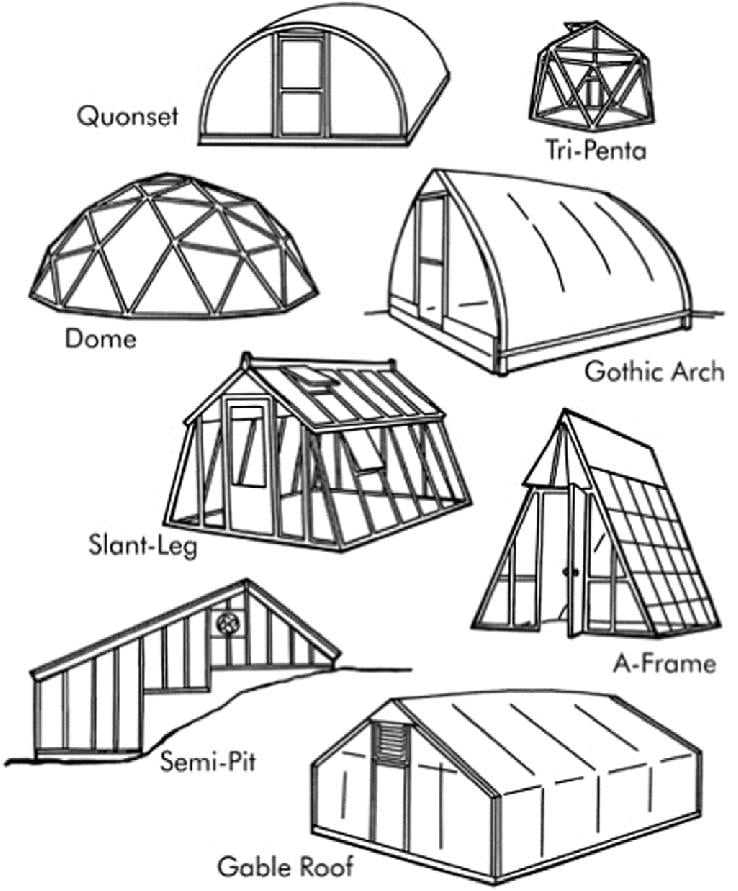
The Greenhouse is a long-time investment; therefore, you must figure out how much space you will need. Make sure you have ample space for years to come. If you are not handy with construction equipment, there are Greenhouse kits available in local hardware stores in any budget, built in less than a day.
There are many types and styles of Greenhouses available; choose the style that suits your need. Following is a quick overview of various styles available.
Attached/ Lean-to Greenhouse: These are less expensive than the other models. Here, you do not have to build all four walls, and you will have one sturdy, weight-bearing wall in place. But this wall does not allow penetration of light and thus will not receive sunlight. It is useful if you have a small space and is suitable for growing herbs, seedlings, and vegetables.
Freestanding: These stand-alone and can be placed anywhere if sunlight is available. Many plants can be grown in them, and hence, the cost per plant is less.
Step 2. Selecting Wall material (Glazing)
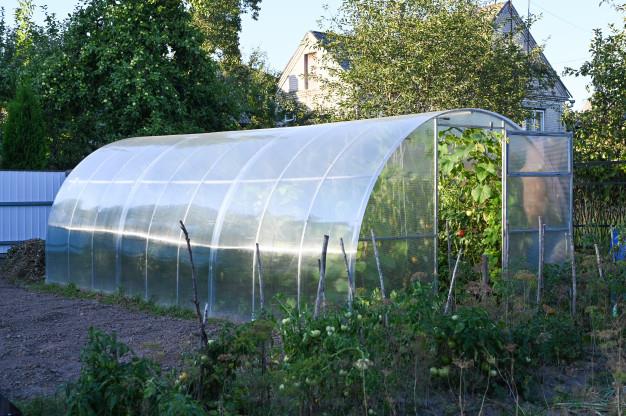
The covering around your Greenhouse is called Glazing. It is essential that the material you choose allow penetration of sunlight and its warmth while keeping other elements out. Glass can be used for this purpose and is the best material, but it is expensive; therefore, inexpensive alternatives like plastic sheets can also work. Polycarbonate, which is less expensive, lightweight, is stable, and retains heat better than both plastic and glass can also be used.
Step 3. Site Selection
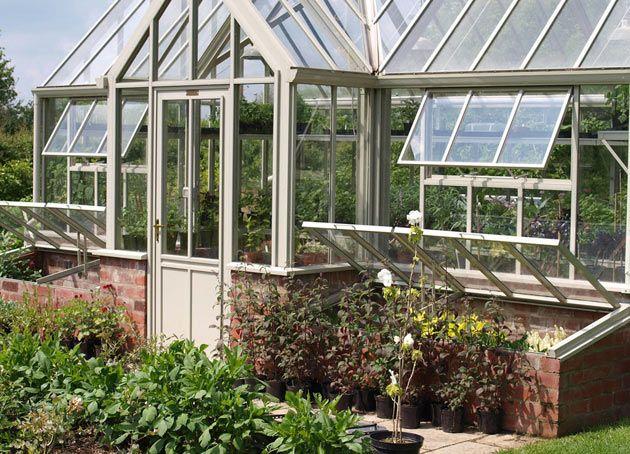
Select a location where you can ensure maximum sunlight availability. An exposure of at least 6 hours of sunlight daily is essential.
If you do not have an area with enough light, you can use glow lights to compensate. Also, try to set it an area where you can quickly get access to water and sunlight, which may be close to your house.
Avoid selecting a site with trees or immense structures that can cast a shadow on your Greenhouse. Orienting the Greenhouse in the east to west direction will allow the most massive wall to get full southern sun exposure.
Site 4. Other Equipment/Accessories
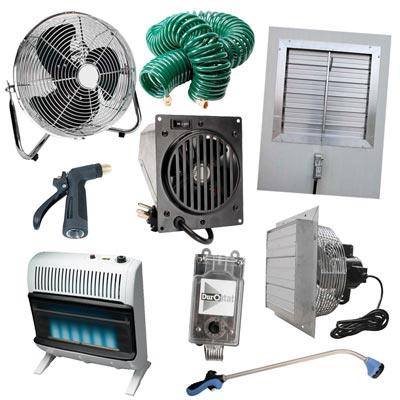
In addition to the Greenhouse frame, other equipment like shelves, automatic vents, heating system, a fan, a mist system, tool rack, etc., can be added according to your budget and requirements.
Step 5. Ensure Proper Environmental Control
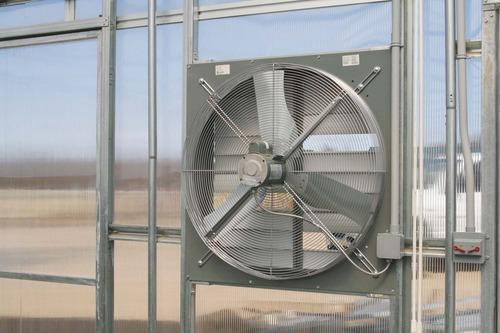
Ventilation: Oxygen is equally essential to plants as it is for us. They can get too hot, even in cold weather. Therefore proper ventilation is required. For the complete growth of plants, a certain level of ventilation is crucial for plants. There are hydraulic vents that are electric and temperature-sensitive and can automatically open and close. Fans and air movers can also be used for air circulation.
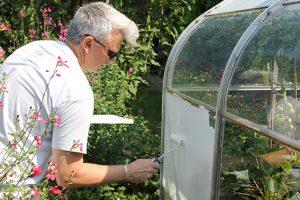
Shading: Sunlight, no doubt, is extremely important for plants to grow; however, excessive exposure can dry out or burn the plants. Shading the Greenhouse with Polypropylene shade cloth, applying glass paint, roll-up screens of wood or aluminum, trees, plastic shading, or by any other means can be used to shade greenhouses.
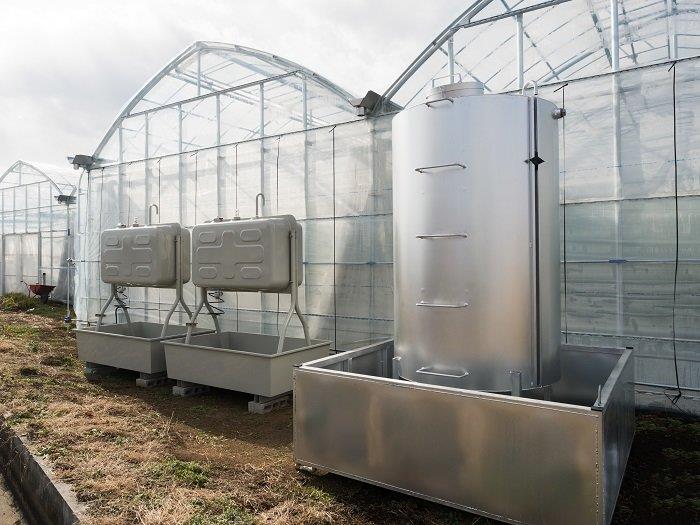
Heating: It is essential to insulate the Greenhouse if you live in cool or cold regions. Heating systems must be installed to provide warmth during the night when the Greenhouse cools down quickly, even if there was enough sunlight during the day. Solar heaters, electric heaters, small gas or oil heaters can be used for this purpose.
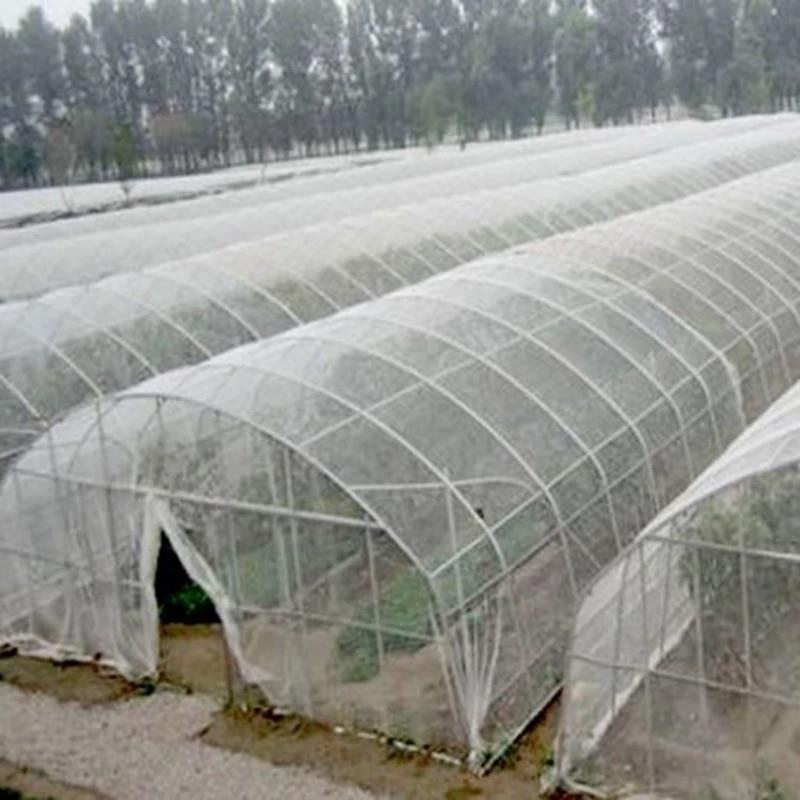
Pests: Maintaining cleanliness in your Greenhouse and keeping your gardening equipment clean is the easiest way to prevent pest interference. Ensure you keep outside foliage away from the Greenhouse and check plants before bringing them to the Greenhouse to prevent contamination and ensure that they are bug and disease-free.
If you find any contamination, make sure to remove those plants. Use good bugs like ladybugs, whitefly parasites, or spider mite predators to get rid of nasty bugs. Install pest screening around any open space or area, which includes doorways, air vents, and water systems
Step 6. Ensure Correct Growing Season
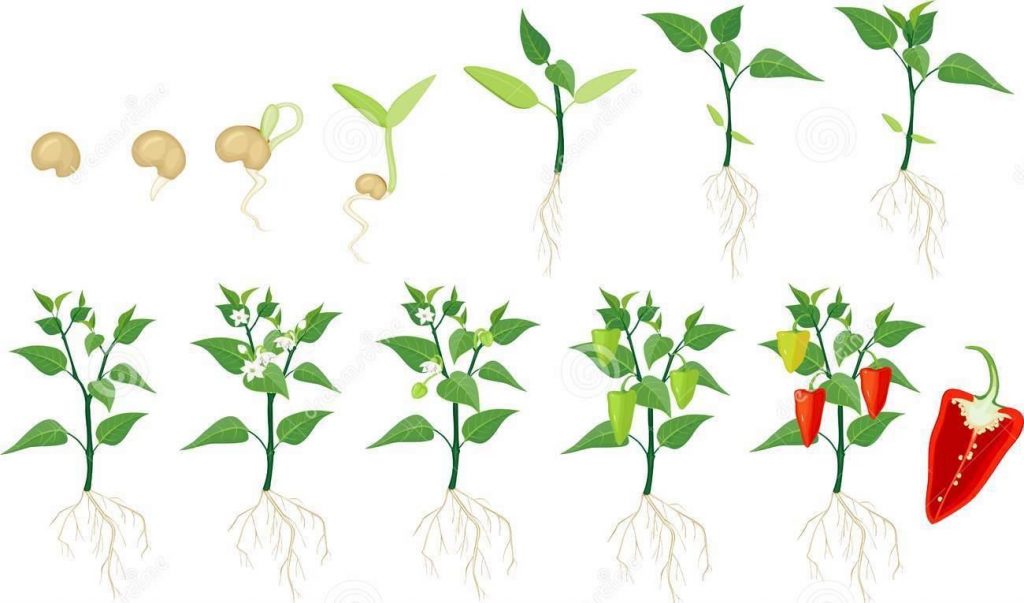
Inside a greenhouse, start seeds in the spring, flower, and small plants in the summer season. Start growing seasonal plants in fall and grow cold-resistant plants in winter.
Conclusion:
As we have reached the end of this article, you must have got a good understanding of how to use a greenhouse by now and should probably start growing your own fresh, organic plants and start saving money! Make this your hobby and practice it with your family.
Children especially would enjoy doing this and would love to eat those fruits and vegetables they have grown. Also, in this way you can spend quality time with your family. Start using a greenhouse to grow veggies today itself!

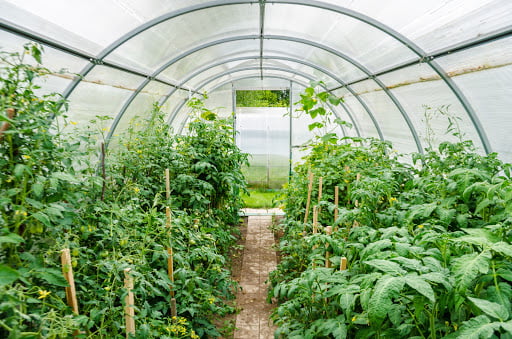
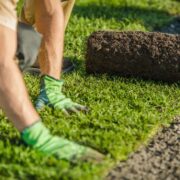
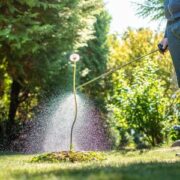
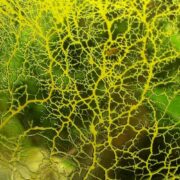
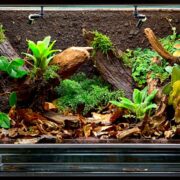
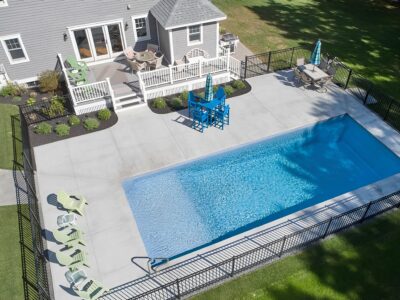
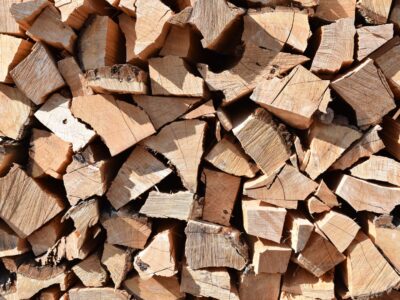
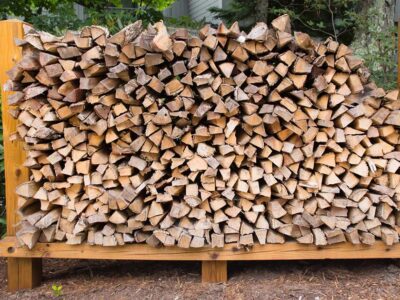
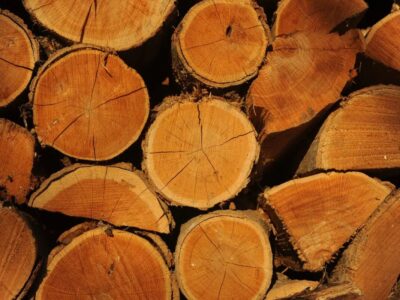

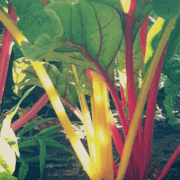
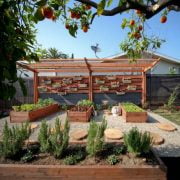
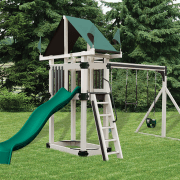
[…] a greenhouse is a worthwhile investment as you can nurture your plants to health. You can achieve this through […]
[…] how to use a greenhouse for beginners? In order for this process to take place, there needs to be three things: the sun, a gas in the atmosphere called a greenhouse gas, and a layer of the atmosphere called the troposphere. The greenhouse effect happens when the sun shines on the surface of the earth. […]